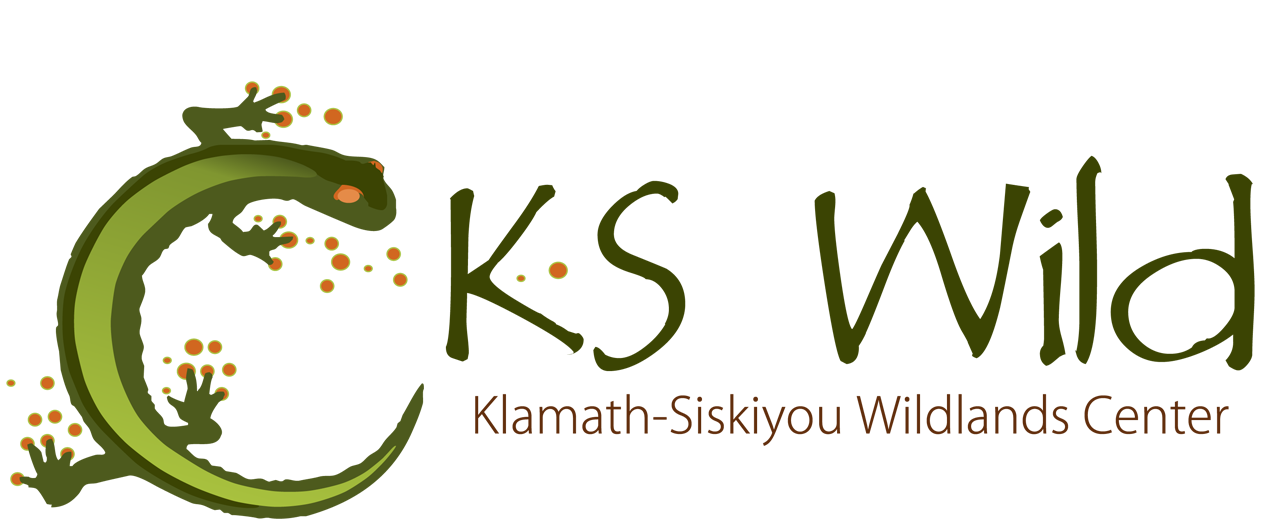As a part of the America the Beautiful conservation vision to protect 30 percent of lands and water by 2030 (30x30 initiative), the Biden administration is seeking input on what it can do to protect more areas in the United States.
Scientists worldwide agree that in order to protect biodiversity and address global climate change, bold action towards conservation is needed. Pacific Northwest forests are home to some of the most carbon-dense forests in the world. Yet today we are still logging mature and old-growth trees on public lands in the Pacific Northwest, despite overwhelming evidence that these forests are more valuable standing than cut.
Older forests absorb, filter, and store water which is gradually released downstream to provide millions of people with clean and reliable drinking water. Iconic Pacific salmon need these forested watersheds to survive.
Many wildlife species, including the marbled murrelet, Pacific fisher, and the northern spotted owl need old forests to survive. Protections for older forests also strengthens habitat connectivity — a critical step to ensuring fish and wildlife are able to survive in a rapidly changing world.
Please use the sample letter below to make your comment at the “TAKE ACTION” button.
SAMPLE LETTER:
“As a part of the American Conservation and Stewardship Atlas (Atlas), please recognize the value of Pacific Northwest mature and old-growth forests in fighting climate change and enhancing the long-term health of natural systems. Conservation of these old forest ecosystems contributes to addressing climate change and environmental injustices.
Scientists worldwide agree that in order to protect biodiversity and address global climate change, bold action towards conservation is needed. Pacific Northwest forests are home to some of the most carbon-dense forests in the world, yet today we are still logging mature and old growth trees on public lands despite overwhelming evidence that these forests are more valuable standing than cut.
Mature and old-growth forests absorb, filter, and store water which is gradually released downstream and provide millions of people with clean and reliable drinking water. Healthy old growth forests filter water to keep our streams, rivers and lakes clean and cold, and these same forests protect watersheds and communities from flooding and landslides.
Old-growth forests are also critical habitat for at-risk fish and wildlife. Iconic Pacific salmon need watersheds with healthy old growth forests to survive. Older forests provide shade that keeps streams cool and oxygenated for salmon and trout. Many rare species, including the marbled murrelet, Pacific fisher, and the northern spotted owl need old forests to survive. Protections help support climate refugia and strengthen habitat connectivity — two critical steps to ensuring fish and wildlife are able to survive in a rapidly changing world.
Mature and old growth forests are an intrinsic part of our regional identity, and are essential to our communities and wildlife. Please recommend conserving and restoring mature and old growth forests across federal lands as part of the 30x30 Conservation Atlas.”

